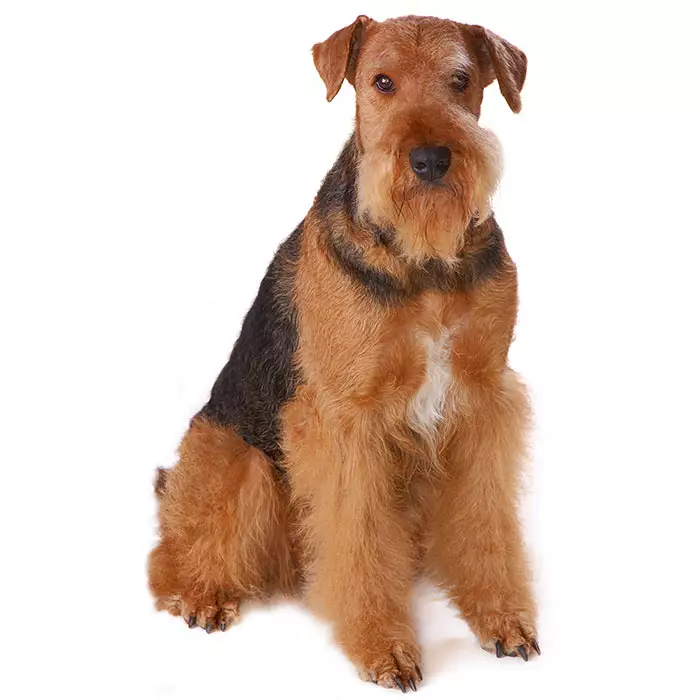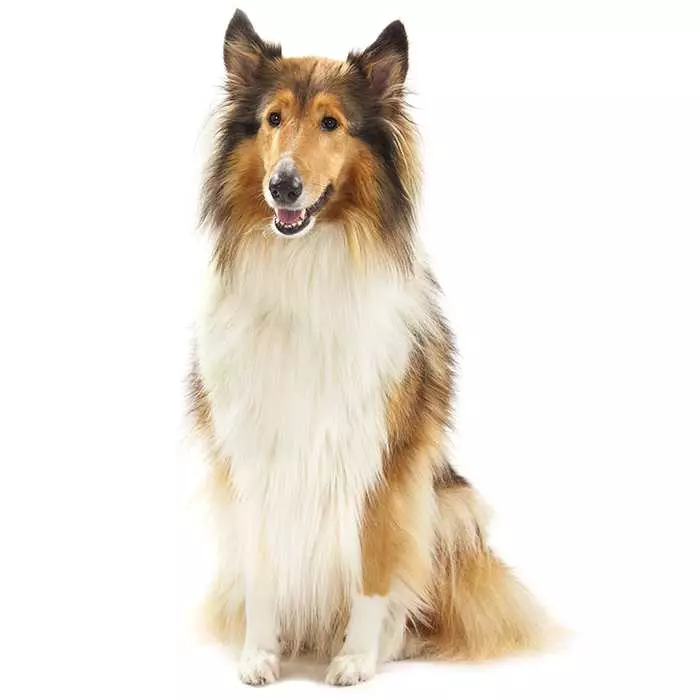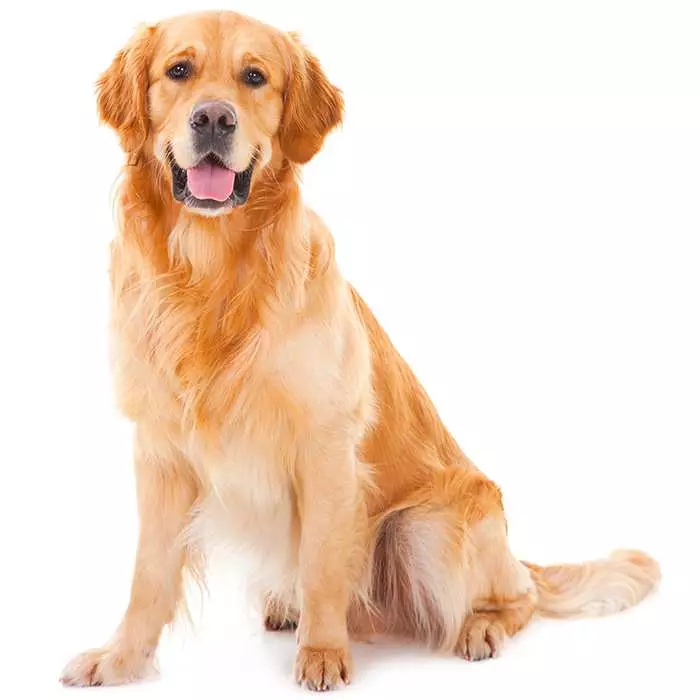Great Dane
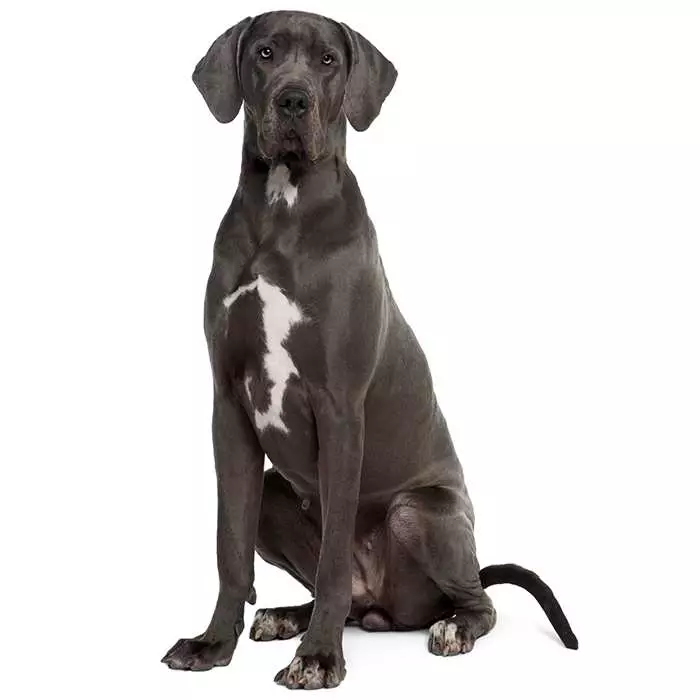

| Recommended for | Families (with lots of room!) |
| Breed Classification | Working group |
| Other names | "Deutsche Dogge" in Germany |
| Lifespan | 6-8 years |
| Size | Giant |
| Temperament | Gentle, friendly, easy-going |
| Intelligence | Average |
| Tendency to bark | Average |
| Maintenance Level | Medium |
| Health Risk | High probability of health issues during its lifetime, hence it is one of the more expensive breeds to insure. |
Insuring a Great Dane?
Get award-winning cover with more benefits and up to 80% of eligible vet bills reimbursed. Find out about your cover options.
Get a quick quote
Is this breed right for you?
Try our breed selector quiz to find out your best matching breed!
Insuring a Great Dane?
Get award-winning cover with more benefits and up to 80% of eligible vet bills reimbursed. Find out about your cover options.
Get a quick quote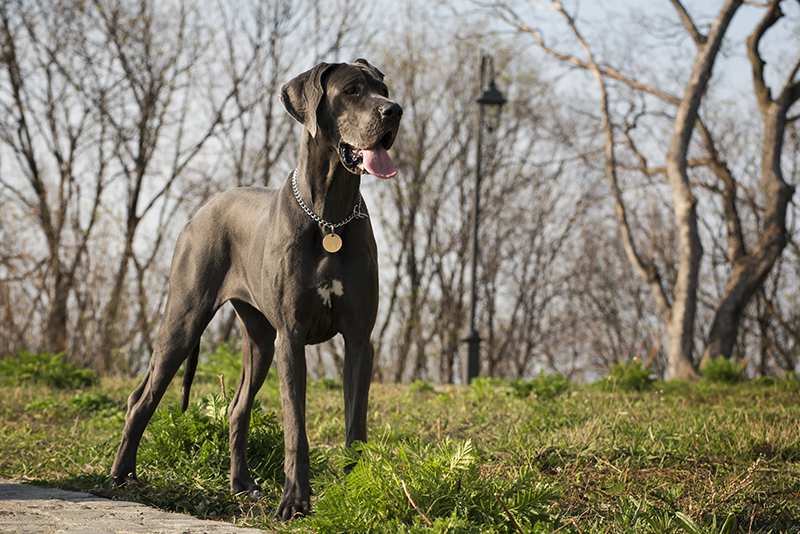
Breed history of Great Danes
Great Danes are considered to be one of the oldest breeds of dogs – their ancestors have been depicted on 5,000-year-old Egyptian monuments, ancient Greek frescoes and Chinese literature dating to 1121 BC.
The Great Dane we know today descended from crossbreeding the English Mastiff and Irish Wolfhound in Europe. However, the Great Dane is a German breed, not a Danish one. Focused breeding of Great Danes arose in early 17th century Germany, where they were known as “Kammerhunde” (chamber dogs) and “Englischer Hund” (referring to its ancestors’ English roots).
German nobles used Great Danes to hunt ferocious wild boars. The breed’s name was changed in the 19th century from “German boarhound” to “Great Dane” after the “grand danois” in Histoire naturelle, générale et particulière by Buffon in 1755. No one is quite sure how or why the breed came to be associated with Denmark and its inhabitants, the Danes. In fact, in Germany they’re now known as the “Deutsche Dog”, or German dog.
More recently, Great Danes became famous as protectors of their home and loved ones, a job they still happily perform today.
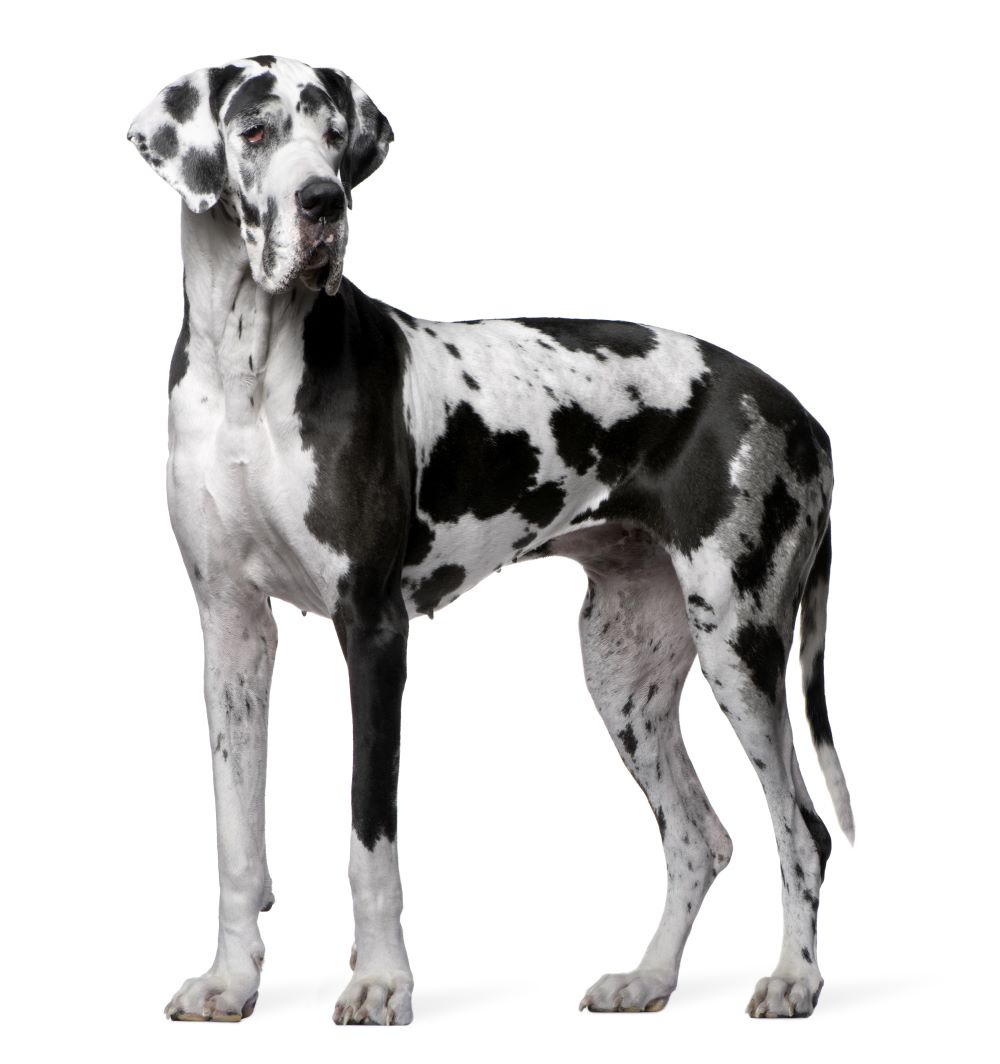
Physical description of Great Danes
The Great Dane is one of the largest dog breeds, classified as “giant”. They are imposing in height, weight and strength, towering over most other breeds and taller than most people when standing on their back legs.
Great Danes have a square-shaped body and head and have floppy, triangular ears. They have the elegant and balanced appearance and smooth, graceful stride of a noble breed.
They have a short, thick coat which comes in a variety of colours and patterns, including fawn, brindle, black, mantle and blue. But perhaps the best-known is the black-and-white patchwork pattern known as “harlequin.”
| Weight range | Male 63 to 79 kg, female 49 to 63 kg |
| Height range | Male 76 to 81 cm, female 71 to 76 cm |
| Colours | Fawn, brindle, black, harlequin, mantle and blue |
| Coat length | Short |

Great Dane personality and temperament
Don’t let its enormous size fool you – the Great Dane is a gentle giant and a people pleaser. Danes are incredibly affectionate, sweet, friendly and patient dogs.
You may be tempted to let a little Great Dane puppy jump on you and sit on your lap, but it is important to establish rules early because before long, the puppy will be almost as big as you!
They are simply not aware of their size and will try to curl up on your lap or lean into you for a cuddle or chest rub at any opportunity. They will demand affection throughout the day by nudging you with their big wet nose.
Despite their size, Great Danes are couch potatoes who do well in a small living space or an apartment. After they have had their daily exercise they are happy to lounge around all day, preferably cuddled up with their family.
Great Danes don’t bark unless they feel the need to alert their family, and are rarely aggressive. However, they are protective of their family and can scare strangers away with their sheer size and very deep bark from the chest.
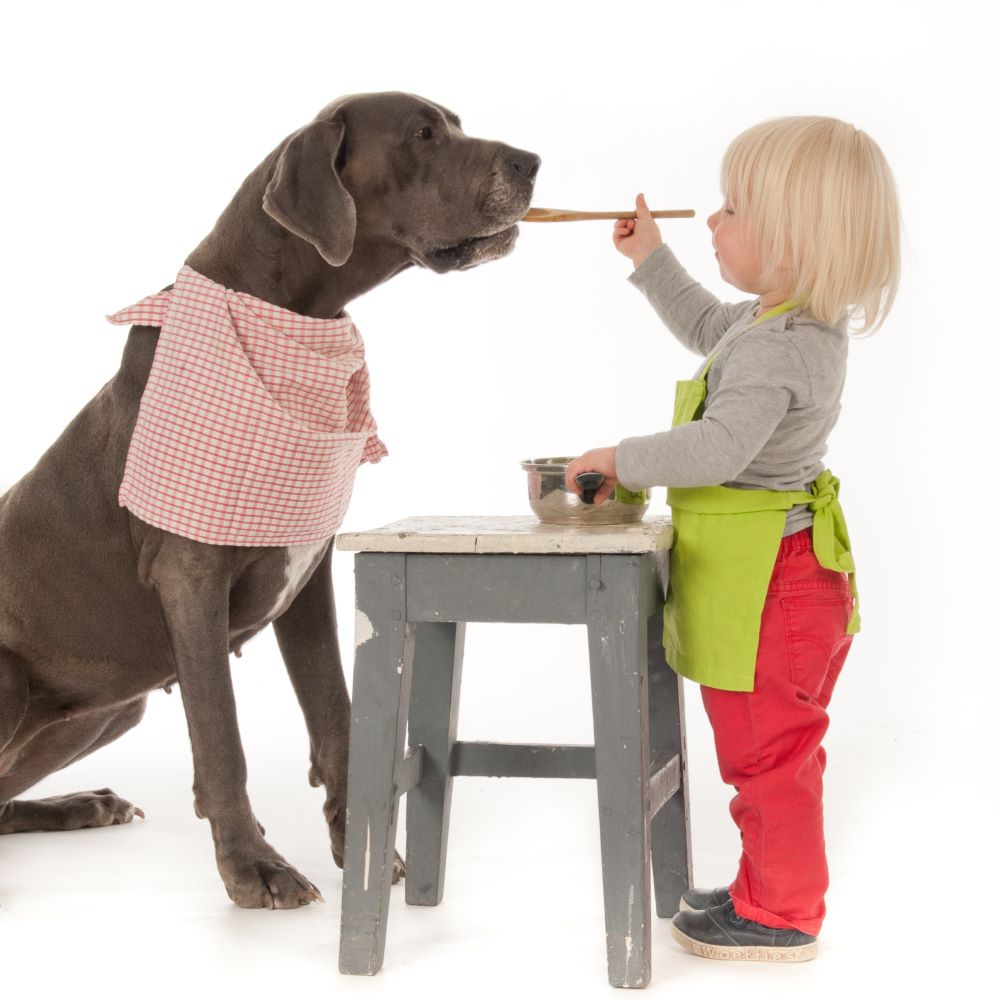
Great Danes with kids and other pets
Great Danes are incredibly affectionate, sweet and patient dogs who are great with children. Eager to please, they are gentle and friendly towards children and love a good game.
They thrive on lots of human contact and affection from their families and socialisation with other people and animals.
If given lots of early training and socialisation, the Great Dane can be a good companion for other dogs, though it should not live in the same household as smaller pets such as rabbits and mice.
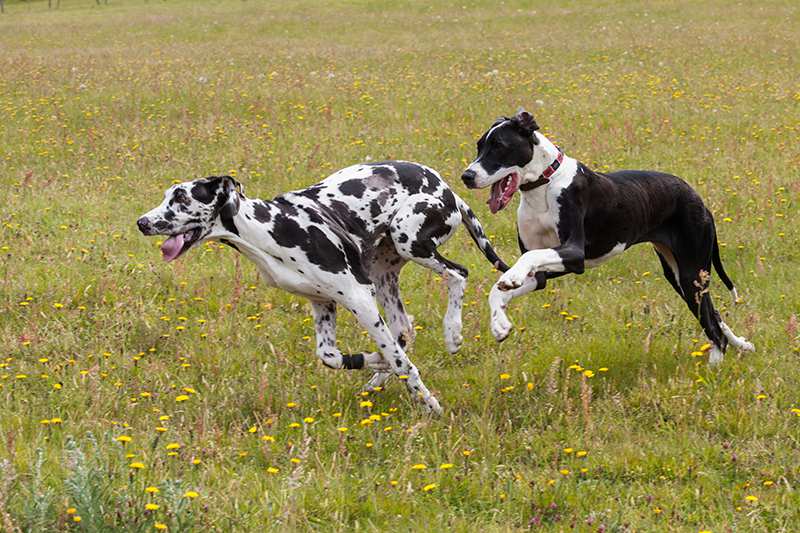
Great Dane training and exercise
Despite their size, Great Danes only need moderate daily exercise that is appropriate for their age. A brisk walk two or three times a day can suffice and adult Great Danes can make good companions on jogs or hikes. When under 2 years old, Great Dane should not be over exercised as their soft growing bones, joints, and ligaments can become over-stressed and damaged.
It is essential that your Great Dane gets a walk every day, especially if kept in an apartment, but generally Danes do best with a large yard to run around and play in. They tend to follow their nose wherever a scent takes them, so they should always be kept on a lead and only allowed loose in areas secured with a tall fence. Many Great Danes enjoy participating in dog sports such as agility, obedience, tracking and flyball.
For a breed as large and powerful as the Great Dane, obedience training is a must, while early socialisation and puppy training classes are highly recommended. They respond well to firm, consistent training methods.
| Energy level | Medium |
| Exercise requirements | Medium |
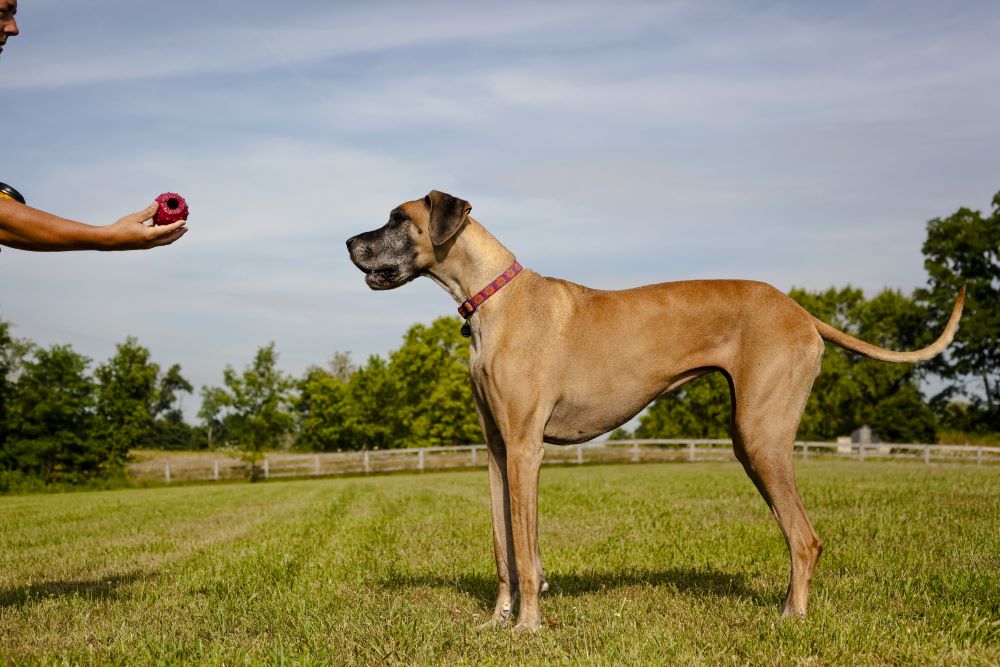
Great Dane feeding and nutrition
Feed the Great Dane a high-quality, well-balanced dog food appropriate to the dog’s age (puppy, adult, or senior), size and activity level.
Because they grow so quickly from tiny pups to giant adolescents, it is especially important to give young Great Danes a proper diet so they can develop at at normal rate. Be sure not to give them too much protein or calcium, as this can adversely increase their growth rate.
Owners of Great Danes must be aware that the number-one cause of death of the breed is bloat, where the stomach distends and twists. While the causes of bloat aren’t fully understood, veterinarians recommend multiple small meals per day and preventing vigorous exercise around mealtimes to help reduce the likelihood of its occurrence.

Great Dane care and grooming
Great Danes are average shedders and their short, smooth coats do not usually require much grooming. A weekly brush and a bath whenever necessary should be sufficient, though bathing a Great Dane can be a challenge.
During shedding season once or twice a year, however, hair loss will be more profuse, and a daily brushing is recommended.
Health issues for Great Danes
- Hip dysplasia is a condition where the thighbone and hip joint do not fit together properly, causing pain and lameness. Less severe cases can be treated with anti-inflammatory medications, but surgery may be required for serious cases.
- Gastric Torsion, also known as bloat, gastric torsion is a deadly condition affecting large dogs such as the Great Dane. Risk is increased if the dog is fed one large meal a day, eats quickly, drinks large amounts of water or exercises after eating. The stomach twists, making the dog unable to belch or vomit to get rid of excess air, and as a result the blood supply to the heart is impaired. Unless immediately attended to, the dog may die. Symptoms of bloat include a distended belly, excessive drooling, dry having, restlessness, exhaustion, weakness and a quick heart rate. There is evidence that bloat is linked to anxiety, so keep this in mind when choosing a puppy.
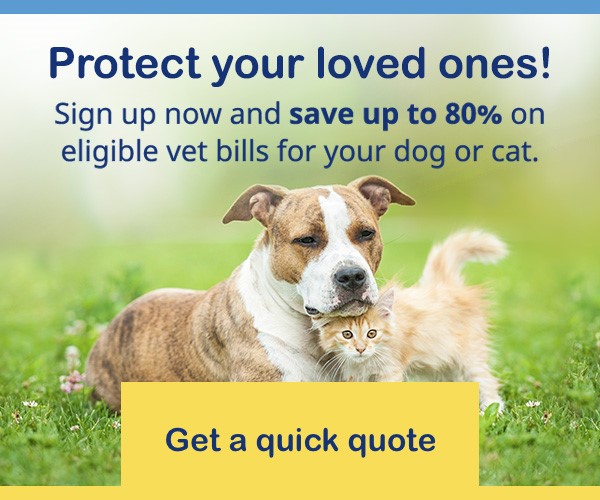
- Osteosarcoma, an aggressive bone cancer, is one of the most common cancers in Great Danes. The first sign is lameness, but x-rays are needed to determine if the cause is cancer. It is treated aggressively, often with chemotherapy and amputation. Fortunately, dog amputees adapt quite easily to life with a missing limb.
- Heart Disease is prevelant in the breed; Great Danes may be prone to dilated cardiomyopathy, mitral valve defects, tricuspid valve dysplasia, subaortic stenosis, patent ductus arteriosus and persistent right aortic arch. Symptoms to look out for include: coughing, lethargic behaviour, excessive weight loss or weight gain and distressed breathing. See a vet for assistance if you are observing any of these signs.
Not all conditions are covered by Pet Insurance. For details of Bow Wow Meow Pet Insurance cover, refer to the Product Disclosure Statement.
What do Great Dane owners claim for the most?
- Mass Lesion
- Skin Allergy
- Otitis Externa
- Dermatitis
- Wound
Thinking about insuring a Great Dane
Thinking about insuring a Great Dane
Learn moreThinking about insuring a Great Dane
Learn moreFree engraved pet ID tag on sign up3
Customer Satisfaction
21 day cooling off
Easy to use Pet Portal

GapOnly® in vet claims
MORE INFORMATION
Great Dane Lovers Association of WA: http://gdlawa.org.au/
Great Dane Rescue: http://www.greatdanerescue.com.au/
Adopt A Dane Rescue QLD: http://www.adoptadane.com.au/

